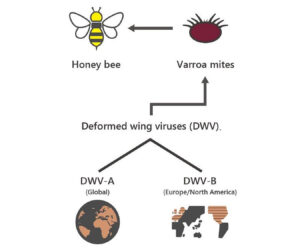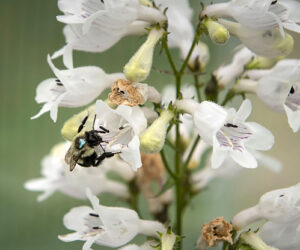
Picture shows Prof Christina Grozinger, undated. She heads the Center for Pollinator Research at Pennsylvania State University (Penn State), co-authored a recent study revealing that feral pollinators in woodlands coped better with a feared pathogen than their domesticated peers. (NewsX/Bee)


